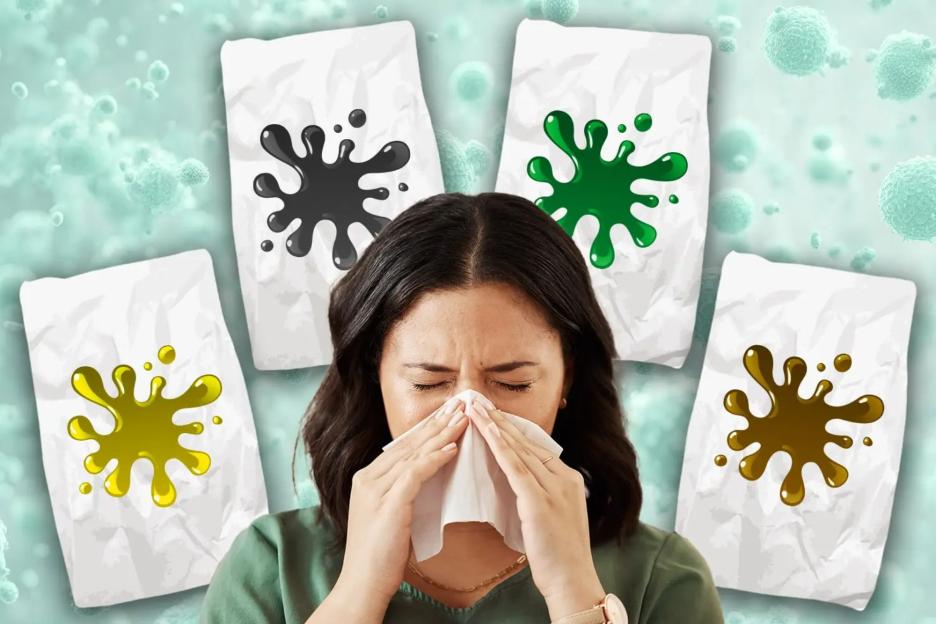ALICE Greaves was told she was “too young for breast cancer” after discovering a lump in her boob.
Now, at just 27 years old, she’s battling an advanced stage of the disease, with it having spread to her lungs and brain.
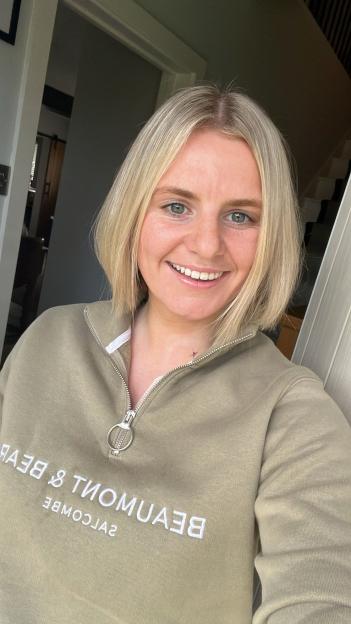 Alice Greaves decided to call her GP when she discovered a lump in her breast, but was told it was from working out at the gym
Alice Greaves decided to call her GP when she discovered a lump in her breast, but was told it was from working out at the gym
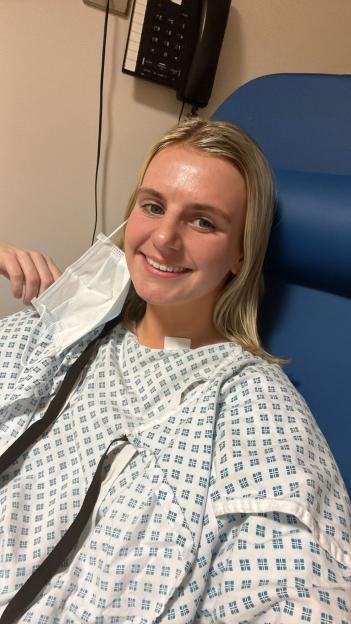 After a friend was diagnosed with breast cancer she decided to push for answers
After a friend was diagnosed with breast cancer she decided to push for answers
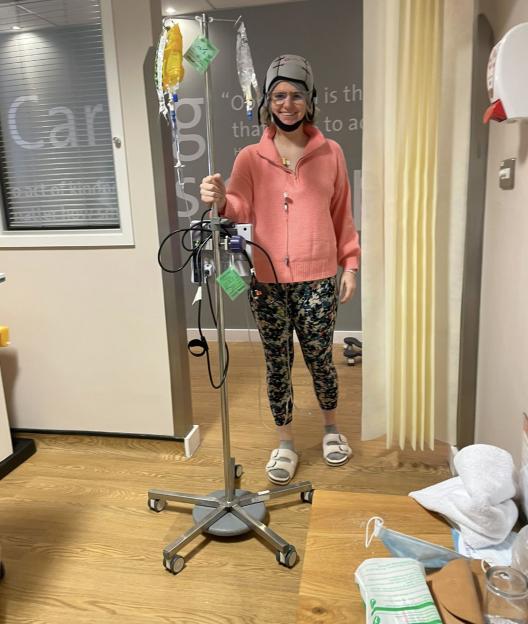 After undergoing a physical examination, she was eventually told she had stage three cancer
After undergoing a physical examination, she was eventually told she had stage three cancer
After discovering a lump in her breast back in November 2022, Alice decided to phone her GP .
But she claims the doctor “refused to examine her” because of her young age – instead reassuring her that the lump wouldn’t be ‘anything serious’.
After describing the lump over the phone, she says she was told it was with her pectoral muscle.
Alice thought the diagnosis made sense at the time because she was participating in four high intensity gym classes per week.
But after a close friend was diagnosed with breast cancer , Alice returned to her GP practice in February 2023 and demanded to be seen.
This time, she underwent a physical examination of her breast, and after Alice says doctors told her it was “really bad”, she was fast-tracked for further tests.
Having sought out treatment through her private medical insurance, Alice was diagnosed with stage three breast cancer a week later – at just 24 years old.
She started chemotherapy at the beginning of March 2023 and underwent a “life-saving” double mastectomy in August 2023.
But after a total of 16 rounds of chemotherapy Alice received the devastating news in May 2024 that her cancer had progressed to stage four and had spread to her lungs.
She received further radiotherapy treatment, but in March 2025 was told the cancer had also spread to her brain.
In June this year, Alice was rushed in for emergency surgery to remove the brain tumour .
Alice, who previously worked in finance, says she’s “frustrated” that doctors initially missed the opportunity to diagnose the cancer.
She is encouraging other people to push for a diagnosis if they believe something doesn’t feel right with their body.
Alice, from a village near Leicester, said: “It was sheer frustration over the fact that I had tried to be seen.
“I was a bit angry with myself that I kind of didn’t push it, equally I was told that it was all OK and I was too young to get cancer.
“I took their word for it, they’re the medical experts.
It was a bit of shock but I kind of went into fight or flight mode and I chose fight
Alice Greaves
“It was a bit of shock but I kind of went into fight or flight mode and I chose fight.
“I’ve literally not stopped fighting since.
“I found a lump in my breast in November 2022.
“I rang the doctors who advised me that I was too young to get breast cancer and it wasn’t anything serious.
“I pushed and pushed for an examination and they said they couldn’t do that.
“The doctor asked me to talk her through how it felt and I spoke to her and she said it was my pectoral muscle.
“I was going through a lot of exercise and fitness classes so I thought it made sense.
“I was doing three to four classes per week and high intensity, so it wasn’t really a shock that I had done my pectoral muscle.
“But after learning what and where your pectoral muscle is I’ve realised that that was completely the wrong thing.”
Pushing for answers
Recalling when she found out a friend was diagnosed with breast cancer, Alice said: “I thought I needed to push it because something didn’t feel right.
“I went back to the doctors and demanded to be seen which is not normal for me because I’m so laid back.
“I finally got seen and the woman who examined me had a feel of my breast and said it was really bad.
“I was literally given the results within a week and I had breast cancer.”
Recently, on July 31, Alice had a follow up with her neurosurgeon, who said he’s happy with how she’s healing after her brain surgery and that she’s doing well.
She said: “I’m going to have a scan in eight to 12 weeks to see because theoretically [the cancer] is all removed from my breasts and my brain and it’s just now in my lungs.
“Hopefully that’s not changed but I think it will hopefully have got smaller in my lungs.
“I’m not currently having any radiotherapy or chemotherapy treatment.
“I’m off it at the moment since the brain surgery.”
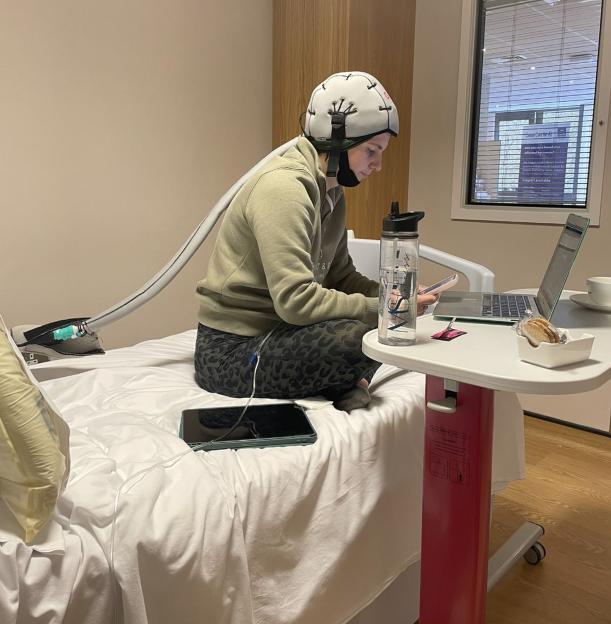 After undergoing chemotherapy and radiotherapy, Alice received the devastating news the cancer had spread to her lungs and brain
After undergoing chemotherapy and radiotherapy, Alice received the devastating news the cancer had spread to her lungs and brain
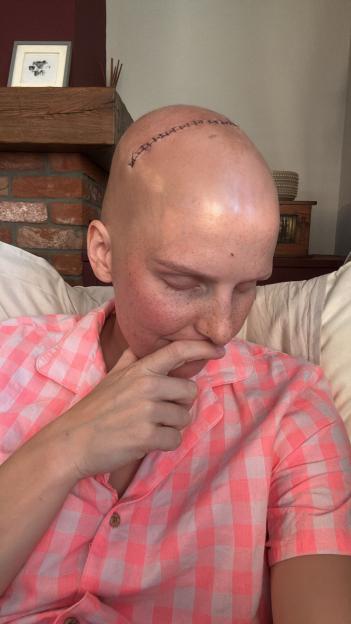 She went on to have the brain tumour removed
She went on to have the brain tumour removed
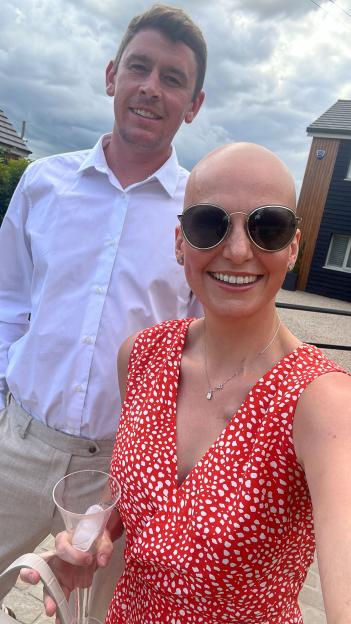 She’s now urging others to push for diagnosis if something doesn’t feel right
She’s now urging others to push for diagnosis if something doesn’t feel right
Alice is now urging if people experience symptoms that don’t feel right, to push for a diagnosis.
She said: “You know your own body and if something doesn’t feel right you should trust your gut and pursue it.
“Even if you get the all clear and there isn’t anything wrong it’s the fact that it’s peace of mind really.
“I pretty much didn’t.
“Because I was told it was pectoral muscle, and that it wasn’t cancer, I ran with that.
“That’s not necessarily the right thing to do.”
A spokesperson for the Leicester, Leicestershire and Rutland ICB, said: “We are unable to discuss the details of individual cases, due to patient confidentiality.
“However, if you are worried that you may have cancer you should come forward immediately to be checked in person by your GP.
“Treatment is more likely to be successful if cancer is diagnosed early, so it is vital not to ignore any changes to your body’s normal processes or unusual, unexplained symptoms.”
How to check your breasts
It is important to regularly check your breasts for any changes. Breast tissue reaches all the way up to your collarbone and across to your armpit, so it’s vital to check these areas too.
If you feel or see any changes in your breast you should always consult your GP.
Charity CoppaFeel ! recommends checking your breasts monthly, so you can pick up on any changes quickly.
Breasts do change naturally as part of your monthly menstrual cycle, so you should get to know your breasts, how they feel and what changes they usually go through to know if anything is out of the ordinary.
Five-step check
There is a five-step self exam you can do at home to check for any changes.
Step one: Begin by looking in a mirror, facing it with your arms on your hips and your shoulders straight. You should be looking for any dimpling, puckering, bulging skin, redness, soreness, a rash or changes in the nipple.
Step two: Still looking in the mirror, raise both arms above your head and check for the same changes.
Step three: With your arms still above your head, check for any fluid coming from the nipples. This can include milky, yellow or watery fluid, or blood.
Step four: While lying down use your opposite hand to check each breast. Using a few fingers, keeping them flat and together, go in a small circular motion around your breasts. Make sure you feel the entire breast by going top to bottom in these small circles. It helps to develop a system or pattern to make sure every inch is covered. Use light pressure for the skin and tissue just beneath, medium pressure for the tissue in the middle of your breasts, and firm pressure to feel the tissue at the back, feeling down to your ribcage.
Step five: Feel your breasts while either standing or sitting, using the same small circular motions.






